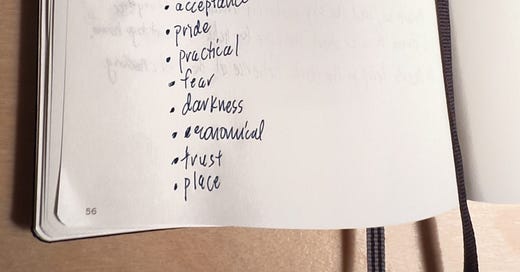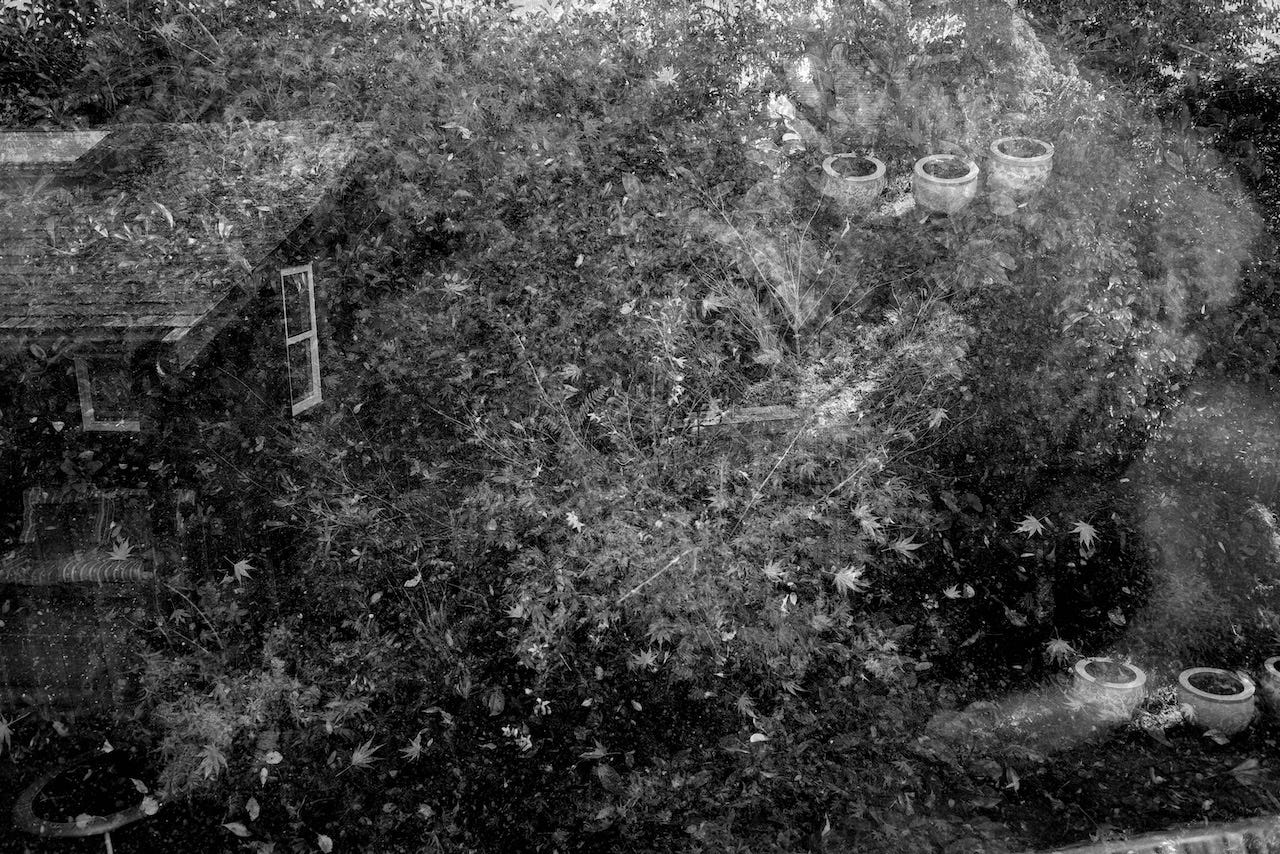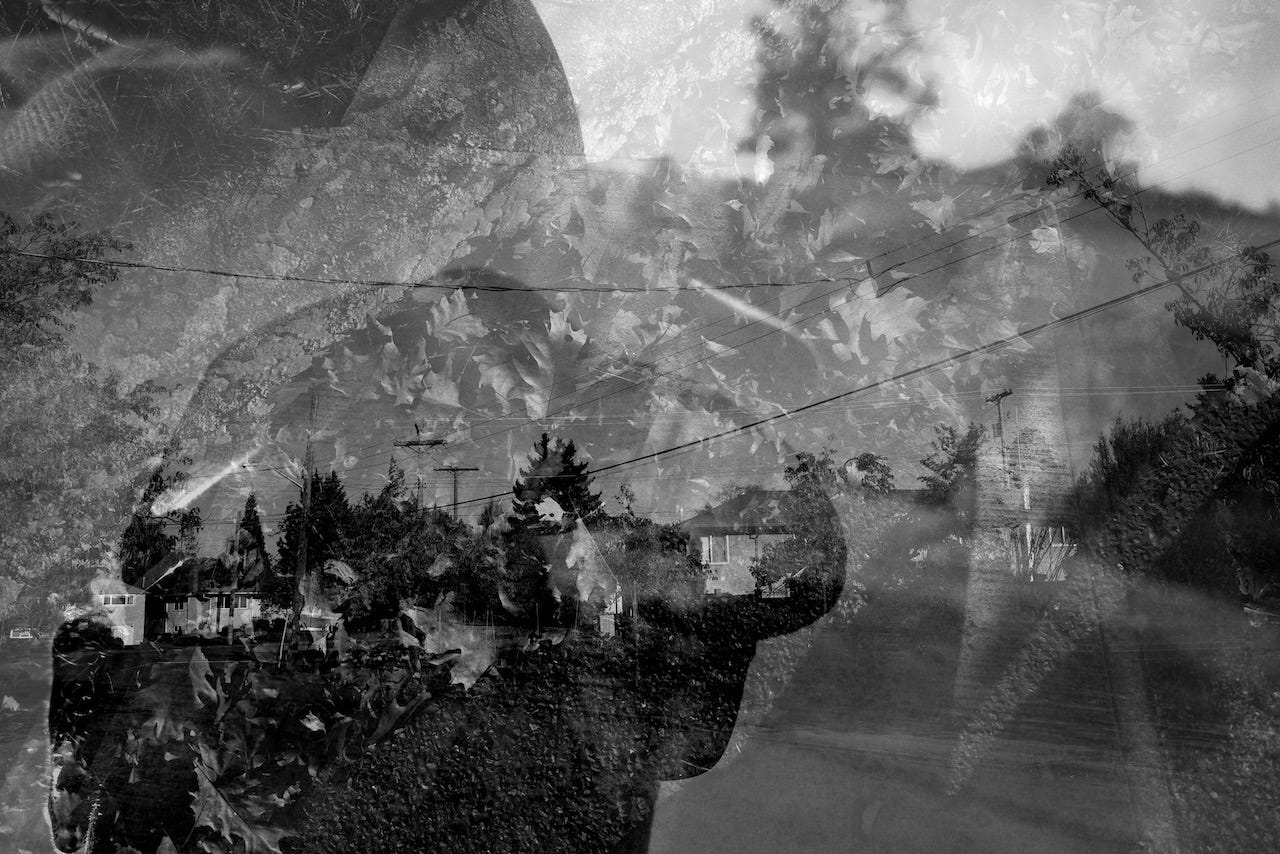The Level Crossing
The roll of the dice sent me to page 48 of Michael Longley’s The Weather in Japan, which held the two stanza poem The Level Crossing. As a sometimes songwriter, I am obsessed with titles which often form the starting point for my lyric writing. And there is so much to admire about the title of Longley’s poem. If you asked 10 people to write a short narrative on this title, I’m certain you’d get 10 very different stories/songs/poems. The simplicity of the title is its superpower.
As the title promised, the language in the poem itself is economical and all the more powerful because of this. There are those people who love to read highly descriptive writing which allows them to form a very specific picture in their minds about setting and characters. Movie makers who take on the adaptation of a novel often run the gauntlet of outraged viewers who are familiar with the book and find fault with the physical attributes of the actors which do not match the descriptions in the book. I am not one of these people. Highly descriptive text does not inform me. I tend to simply imagine place and characters as I see fit.
The Level Crossing suits me perfectly. It begins with a woman telling the narrator about the only thing that’s wrong with living here. There is no indication of where here is. There is no description of the woman; she is simply sitting beside the narrator. There is no indiction of where they are sitting. And that only thing? Well it’s the ticks that her children and her two dogs bring in from the fields. Oh, that and the spring rains. That too apparently is the only other thing wrong with living here (where, we still wonder?). And who hates spring rain?
We’re half way through the first stanza and finally where we are is (partially) revealed. But indirectly. The conversation is interrupted by the bus driver (oh, we’re on a bus! But where?). No description of said driver (we can all picture him) or his bus (we’ve all been on a bus at one time or another). But oh, what we learn about the driver. He worries about hitting a deer on the road. And he has a killer marinade for venison! This is the second contradiction we’ve encountered (well, it is unless you too hate spring rains).
The language Longley uses still gives us free reign to build our own mini-universe where this story is unfolding. The first stanza is complete. We are yet to encounter the level crossing. And we are also yet to encounter anything that looks or smells like a metaphor or a simile. I greatly admire this straight-shooting narrative.
The second stanza finally reveals more. Waiting on a freight train trundling through the centre of town. On the other side, endless Illinois awaits (having lived in central Illinois for two years, I have something to work with here). There’s a lone tree and a teetering sun. That folks is as descriptive and metaphoric as it gets.
Longley circles back to the opening themes in the second half of the final stanza. He laments forgetting to ask about the cure for ticks. He imagines the bus driver’s feared deer leaping into the road in the dark of night. He expresses something of his own - he wants to go home. And ends with “patience, at the level crossing”. The story is complete.
I was struck by that one line where Longley expressed a personal desire - wanting to go home. I found Ruth Ling’s analysis of the poetry in The Weather in Japan that was published Irish University Review in 2002.1 Ling interprets this line as Longley expressing his weariness with writing elegies, and a point of departure whereby he concludes the volume with self-elegies.
Having sat with this poem for sometime, one evening I wrote a list of about 20 words that in some way relate to the poem. These words were then used to direct the creation of photographic images. Here’s my list of words:
The words felt true for me. But they also felt very daunting - how to make photos that relate to these words of very abstract concepts?
I set aside that concern, and the specific list of words and went about my business. Which is me just going out, makinge photographs and trusting that something will click (yikes - terrible pun alert!) from my meanderings. After taking many images, I tried a multiple exposure feature of my camera just because I’d never tried it and was curious. And this first multiple exposure gave me an inkling of how to proceed with the project.
Does this relate to the words I wrote in my list? Yes and no? I’m not entirely sure, but what I did see in this image is my mind imagining a world and story from a seemingly simple narration. I made a number of multiple exposure images, not with a specific outcome in mind. I had about a dozen and when I reviewed them, this one became the image I will pass along to Mike for the next round of our collaboration:
Although nothing about this image was specifically planned, I see a cross like a railroad crossing sign in the bottom right, hints of a town, a lone tree, a reflection of a face, what could be telegraph lines running beside the tracks.
Mike and I are now going to exchange our image and word list and then go to our respective poetry volumes to find a poem that in some way relates to the image and list of words we received. The adventure continues.
Ruth Ling “The Weather in Japan: Tact and Tension in Michael Longley’s New Elegies” (2002) Irish University Review 32, 286-302.





